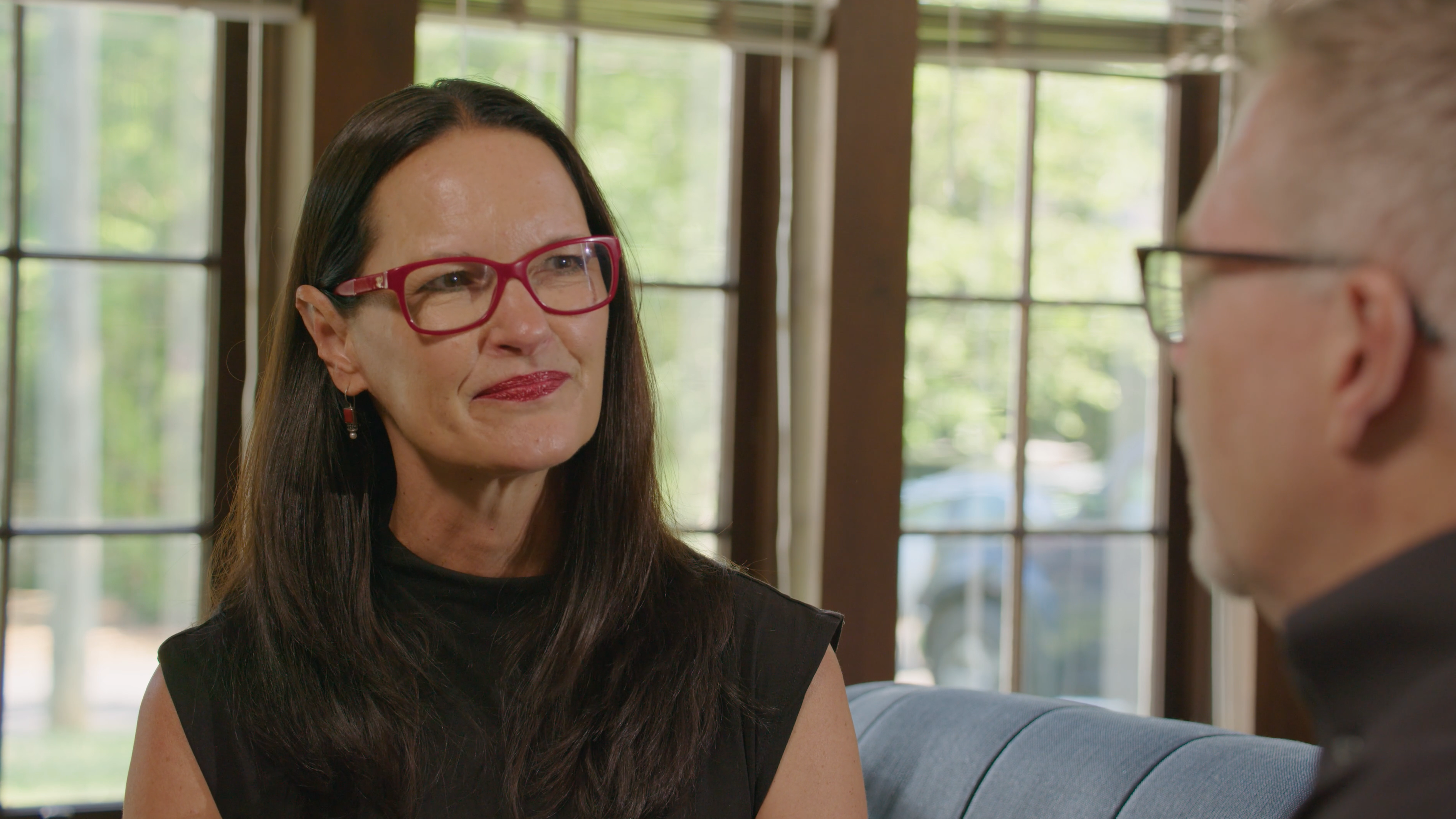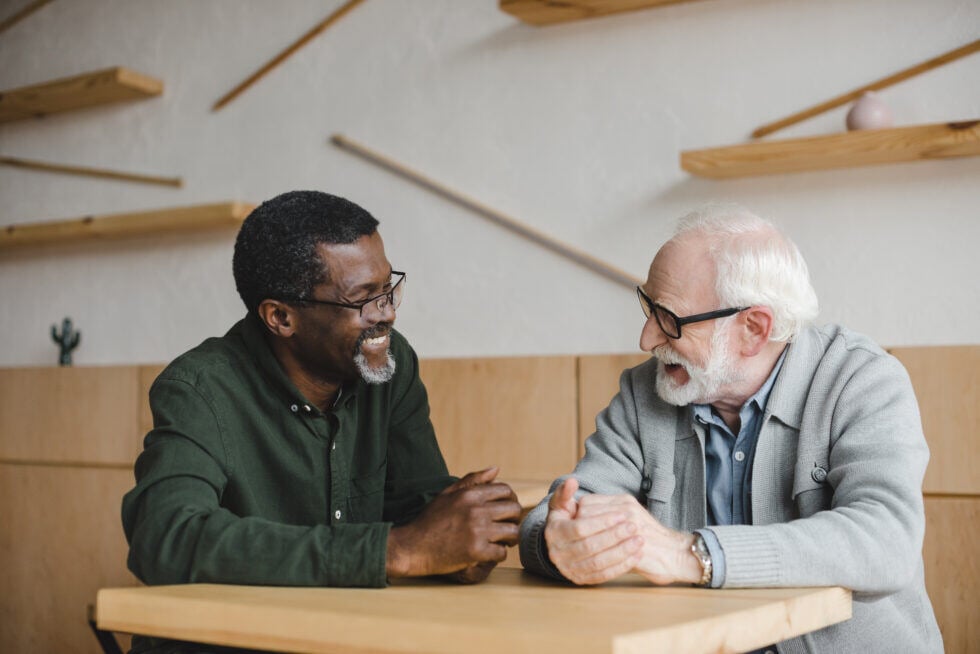Why Your Donor Doesn’t Talk About Their End-of-Life Charitable Plans
“How many of your donors have made a planned gift?” A question like this, or really anything related to“planned giving,”strikes terror into your...
3 min read
Richard Perry and Jeff Schreifels : October 26, 2022

Some people may think that a fundraiser’s job is to get donors to say “yes.” But that’s not accurate. As fundraisers, our job is not to pressure donors toward any specific action, but to align with the donor on where they are, and what matters to them. The way you react when a donor says “no” is critical to the relationship.
And this is one of the most common questions we hear from our community – how to respond when a donor says “no.” Even when you’ve done your homework and laid all the groundwork using Permission-Based Asking™ techniques, there are going to be times when your donor can’t commit to a gift. This is actually a great opportunity to deepen your relationship by aligning with the donor on where they are and what matters to them.
So for this Question of the Month video, we’ve invited Karen Kendrick, our Senior Director of Learning, to talk about how you can realign with your donor and celebrate them even when they’re unable to give. Karen offers specific questions you can ask to learn more about what is behind a “no,” along with a story about coming prepared to celebrate the donor’s impact, no matter what their response to an ask.
You have an opportunity to deepen your relationship with this donor if you remain curious about what is going on for them and honor the impact they’ve already made through their giving.
Jeff Schreifels
Hi, and welcome to the Question of the Month. This month, I brought in Karen Kendrick, our Senior Director of Learning, to answer a question submitted by our community. So this month’s question is related to asking a donor for a gift, and it’s this: what does it really mean when a donor says no to your request for a gift?
Karen Kendrick
You know, Jeff, I actually love this question, because we think our job is to get donors to say yes, but actually, our job is to be in alignment with donors. And I’ll explain what that means in a minute.
Karen Kendrick
I love the story, one of our participants from our permission-based asking course told me, they had worked with a donor for a while. They’d learned, using the permission-based asking questions, what their passions and interests were. They’d asked, you know, is this program really match your passions? They told them about the program. And then they were ready for an ask, right? So they sat down with the donor, the donor knew they were there for an ask. And the donor had been giving $10,000 a year for a lot of years. And so they’re like, Okay, I’m going to ask for $20,000. Because, you know, I know what they care about. We’ve talked about it. I know they’re into it. So they asked the donor, you know, is this a good time to talk about how you might support this program? And donor says yes, and they asked them for $20,000. And the donor said, “I can’t do that right now.”
Karen Kendrick
And so of course, we all go to like, oh, my gosh, you know, what does that mean? And so really, the alignment is just remaining curious about where the donor is. I’ve aligned to their passions. I’ve aligned to the program. I’ve told them all about it. I’ve aligned it, they’re ready to talk about giving. And now it’s like, oh, okay, so tell me more about that. “Tell me more about that” is a great question to ask that donor when they say no. And the donor said, “Oh, I just feel so badly. My business is really struggling. And so this year, I actually can only do $5,000. And the great thing is, in our permission-based asking, we end with celebration, right?
Karen Kendrick
So right away, the fundraiser was ready with “Oh, I’m so glad you told me where you are, and, and what’s happening. And I really, you know, I’m thinking about you, I know that’s a struggle. And before we go, can I just share a story with you about how the difference you’ve been making through all the years?” And they were ready for that celebration. Well, later, that donor came back and sent him a note and said, because you went to celebration and you honored me so much, as soon as my business is up and running, I’m ready to really give.
Karen Kendrick
So it’s about aligning in that journey and that relationship with the donor. And so if it’s a no, it’s just information about where they are. And so I love that thinking about I’m here to align, not to get a yes, because that really changes how I show up and how present I am to where my donors are.
Jeff Schreifels
I love that. Thank you, Karen. This is really great stuff. If you’d like to learn more about using permission-based asking with your donors, I invite you to check out our Making Effective Donor Asks course. Thank you and see you next time.

“How many of your donors have made a planned gift?” A question like this, or really anything related to“planned giving,”strikes terror into your...

This is Part 3 of a series on building trust: “No Trust, No Relationship, No Money.” So far, on this journey of earning donor trust, we have talked...

This is Part 1 of a series on building trust: “No Trust, No Relationship, No Money.” Trust is the core building block of all relationships. Yet many...